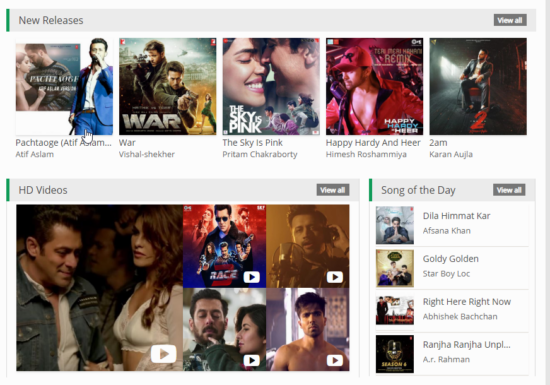In the realm of online translation tools, Google Translate has long been the go-to option for millions of users worldwide. With its extensive language support, intuitive interface, and powerful neural machine translation technology, Google Translate has revolutionized the way people communicate across linguistic barriers. However, as with any tool, it’s worth exploring alternatives to determine if there are better options available. In this article, we’ll delve into the landscape of online translation tools to assess whether there are alternatives that surpass Google Translate in terms of accuracy, versatility, and usability.

The Rise of Google Translate
Since its launch in 2006, Google Translate has become synonymous with online translation, thanks to its robust algorithms and continuous improvements driven by machine learning. With support for over 100 languages and the ability to translate text, speech, and even images in real-time, Google Translate has become an indispensable tool for travelers, students, businesses, and language enthusiasts alike. Its seamless integration with other Google services, such as Chrome browser extensions and mobile apps, further enhances its accessibility and convenience.
Limitations of Google Translate
While Google Translate offers impressive functionality and convenience, it’s not without its limitations. Despite advancements in machine translation technology, Google Translate can still produce inaccuracies, especially when translating complex or idiomatic language expressions. Additionally, the quality of translations may vary depending on the language pair, with some languages receiving more attention and refinement than others.
Moreover, Google Translate’s reliance on machine learning algorithms means that it may struggle with context-specific nuances, cultural references, and specialized terminology. This can lead to mistranslations or misinterpretations, particularly in technical or domain-specific content where precise accuracy is crucial.
Exploring Alternatives
Given the limitations of Google Translate, it’s worth considering alternative translation tools that may offer superior performance in certain areas. Here are a few notable alternatives to Google Translate:
1. DeepL: DeepL has gained recognition for its high-quality translations, powered by deep learning algorithms trained on vast multilingual datasets. With support for several languages and a focus on preserving context and meaning, DeepL excels in producing accurate and natural-sounding translations. Its intuitive interface and browser extensions make it a compelling alternative to Google Translate for users seeking precise and reliable translations.
2. Microsoft Translator: Microsoft Translator offers a range of features and capabilities comparable to Google Translate, including text translation, speech translation, and real-time conversation translation. With support for numerous languages and integration with Microsoft Office applications, Microsoft Translator is a versatile tool for both personal and professional use. Its emphasis on accuracy and localization makes it a strong contender in the online translation landscape.
3. Yandex.Translate: Yandex.Translate, developed by the Russian technology company Yandex, offers translation services with a focus on accuracy and natural language processing. With support for over 90 languages and a user-friendly interface, Yandex.Translate provides reliable translations for a wide range of text and multimedia content. Its integration with other Yandex services, such as the Yandex Browser and Yandex.Mail, enhances its accessibility and convenience for users.
4. PROMT Translator: PROMT Translator is another viable alternative to Google Translate, offering translation services for text, websites, and documents. With advanced translation algorithms and support for multiple language pairs, PROMT Translator delivers accurate and contextually relevant translations for various content types. Its customizable options and offline mode make it suitable for users seeking tailored translation solutions.
While Google Translate remains a popular and widely used translation tool, it’s essential to recognize that alternatives exist that may offer advantages in specific scenarios. Whether you prioritize accuracy, context preservation, or specialized domain knowledge, explore alternative translation tools such as DeepL, Microsoft Translator, Yandex.Translate, and PROMT Translator can help you find the solution that best meets your needs.
Ultimately, the choice of translation tool depends on factors such as language pair, content type, and personal preferences. By experimenting with different tools and evaluating their performance based on your specific requirements, you can determine whether there is indeed a better tool than Google Translate for your translation needs. As technology continues to evolve, the landscape of online translation tools will undoubtedly expand, offering users even more options for breaking down language barriers and facilitating cross-cultural communication.













Recent Comments